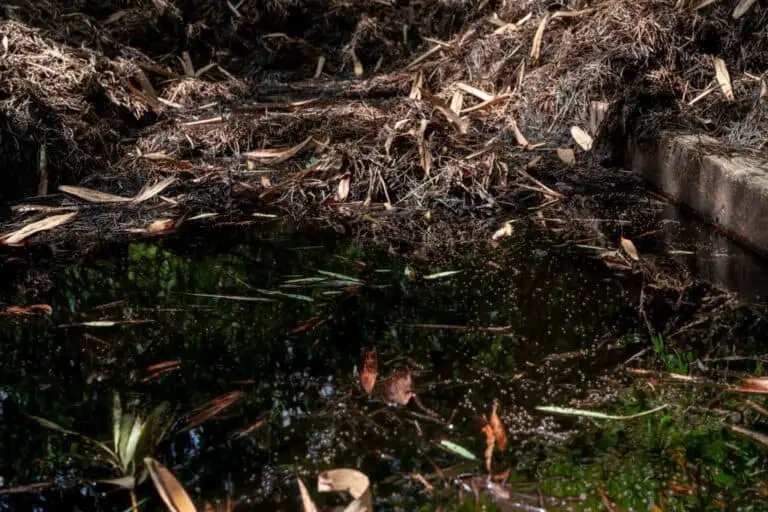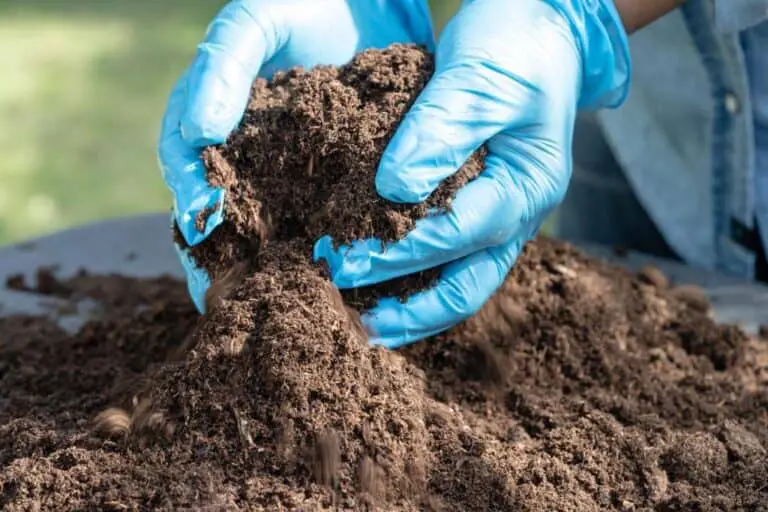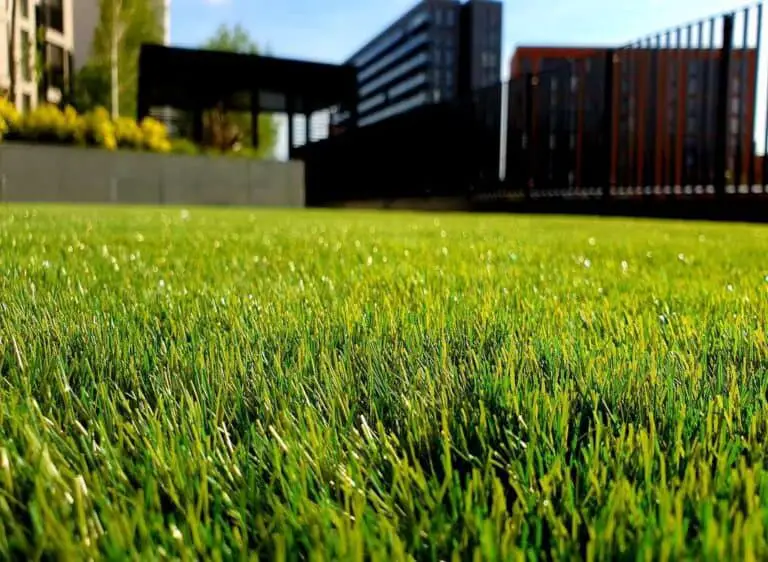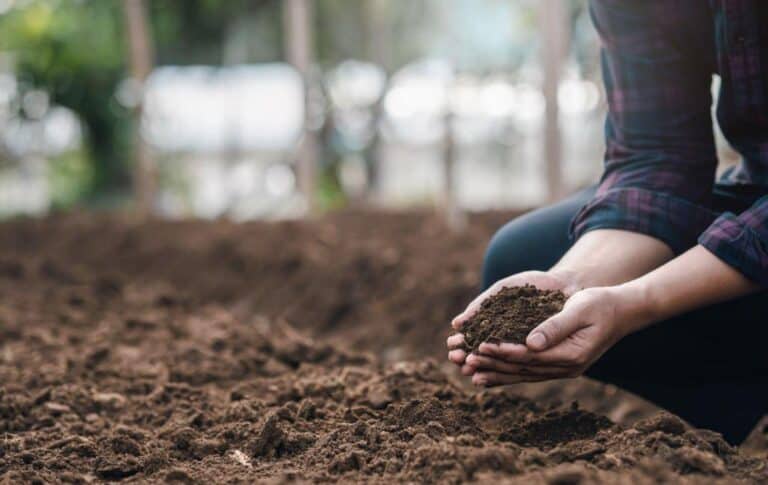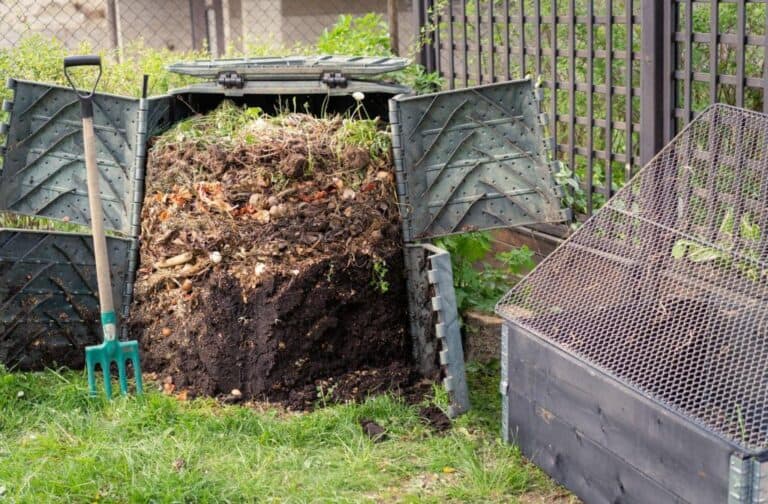Does Mulch Prevent Erosion: Guide to Soil and Landscape Erosion Control
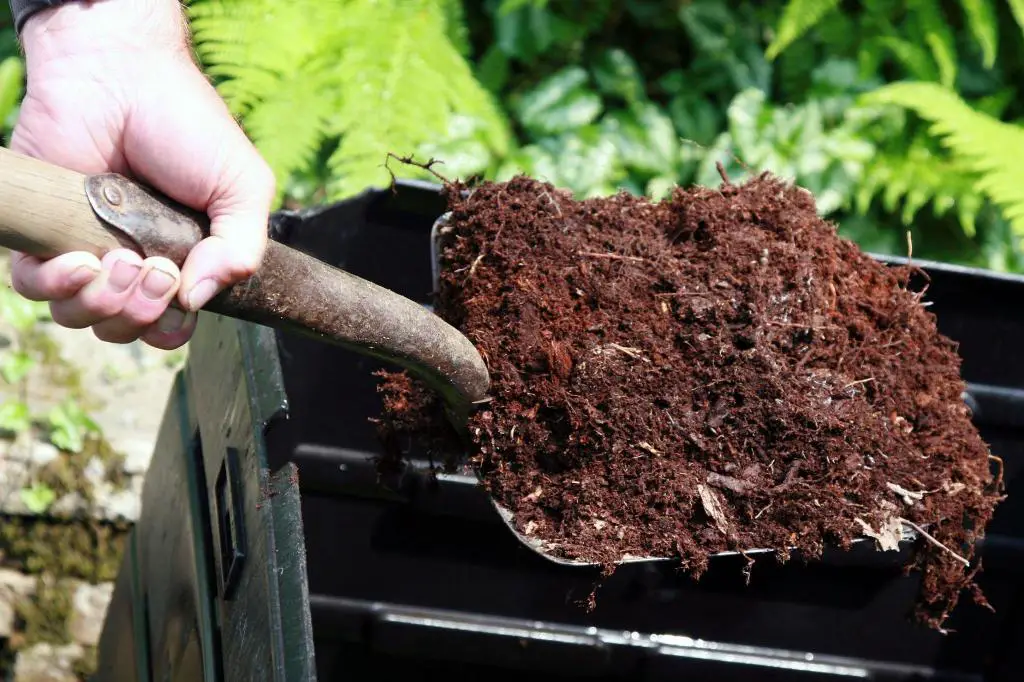
If you live in an area with steep slopes or disturbed soil, you may have noticed that heavy rainfall or wind can cause soil erosion. Not only is this an unsightly problem, but it can also cause damage to nearby structures or even pose a threat to your safety. Fortunately, there are measures you can take to prevent erosion, and one of the most effective solutions is the use of mulch.
Mulch is a layer of organic or inorganic material that is put on top of the soil. While it is often used for aesthetic purposes, it also serves as a valuable tool for controlling soil erosion. But does mulch really prevent erosion?
When heavy rain falls or strong winds blow, mulch helps to slow the flow of water and reduce the impact of raindrops on the soil. By doing this, the soil can take in water more slowly, so it doesn’t wash away and take important nutrients with it.
If you’re wondering whether mulch is an effective solution for your soil erosion problem, you’re not alone. Many people are curious about the benefits of mulch and how it can help control soil and landscape erosion. In this guide, we’ll explore the role of mulch in erosion control, and offer some tips for using it effectively in your own yard or garden.
Definition of Erosion and Its Causes
Erosion is a natural process that involves the movement of soil, rocks, and other materials from one place to another. It can occur slowly over time or quickly during storms or other severe weather, and it can be due to wind, water, or gravity.
Erosion can have big effects on the environment, like destroying habitats, and making waterways more muddy.
There are several factors that contribute to erosion, including the type of soil, the slope of the land, and the amount of vegetation present. Soil that is high in clay content is more susceptible to erosion, while sandy soil is less stable.
Slopes that are steep or have a concave shape are also more prone to erosion, as are areas with little or no vegetation to hold the soil in place. Extreme weather events like heavy rain or high winds can also accelerate erosion.
Stopping erosion is important for keeping the soil healthy, protecting places for animals to live, and keeping sediment from building up in waterways. There are several methods for controlling erosion, including the use of mulch, terracing, and planting cover crops. It’s also important to start controlling erosion early on in a project to stop a lot of soil from washing away.
Understanding How Mulch Helps to Prevent Erosion
Mulch is an excellent tool to prevent soil erosion. Erosion can happen for various reasons, including rain, wind, and other natural factors. Erosion can wash away topsoil, nutrients, and even plant roots, causing the soil to be less healthy and plants to grow more slowly.
Mulch acts as a barrier that protects the soil from wind and rain. This keeps the soil from washing away. Mulch also helps to hold soil in place and provides a protective cover that reduces the impact of raindrops on the soil surface.
Another way mulch helps prevent erosion is by improving soil structure. Mulch is made of organic materials that break down over time, adding nutrients to the soil and improving its structure. Soil becomes more porous, which lets water go deeper into the ground and reduces runoff and soil erosion. Mulch also keeps water in the soil, which means you don’t have to water as often and the soil doesn’t dry out.
Mulch is also a natural barrier that keeps soil from washing away when people walk on it or use heavy equipment. By creating a soft layer on top of the soil, mulch cushions the impact of foot traffic, reducing soil compaction that can lead to erosion.
Mulch also helps stop soil erosion by reducing how hard heavy rain hits the ground. By slowing the flow of water across the soil surface, mulch reduces the amount of soil that is washed away, helping to keep the soil in place and protecting against erosion.
Different Types of Mulch for Erosion Control
Mulch is a great way to stop soil erosion because it protects the soil from the weather and keeps the ground stable. There are many different types of mulch available, each with unique properties that make them suitable for different situations.
Organic mulches like straw, leaves, and wood chips are popular choices, while synthetic mulches like geotextiles are also commonly used.
Organic mulches are made from natural materials and break down over time, adding nutrients to the soil and improving soil structure. Straw and hay are two popular organic mulches that are effective for erosion control. They are easy to apply and can be used on slopes or other areas that are difficult to reach. Wood chips are another organic option that is popular for landscaping projects. They are long-lasting and provide excellent weed control.
Synthetic mulches are made from materials like plastic or geotextiles and are designed to last for several years. They are often used in building projects to keep soil from washing away when digging or leveling. Geotextiles are made from a woven or non-woven fabric that is placed over the soil and held in place with stakes or other anchors. They allow water to pass through while preventing soil from washing away.
In addition to organic and synthetic mulches, there are also other materials that can be used for erosion control, such as gravel and rocks. These materials are commonly used in drainage ditches and other areas where water flow needs to be directed. They are also effective for stabilizing soil in areas that receive heavy foot traffic.
Best Practices for Using Mulch to Prevent Erosion
Mulch is a versatile material that can serve many purposes, including preventing soil erosion. But if you want the best results when you use mulch to stop erosion, it’s important to follow some best practices.
Here are some best practices for using mulch to prevent erosion:
- Choose the right type of mulch: Different types of mulch have different properties and effectiveness in preventing erosion. Some popular options include straw, wood chips, leaves, and pine needles.
- Apply mulch at the right time: Mulch should be applied at the right time, which is typically during the early spring or fall. This helps to ensure that it will have enough time to settle and provide effective erosion control before heavy rainfall or snowfall.
- Prepare the soil: Before applying mulch, it’s important to properly prepare the soil by removing any weeds, debris, or rocks. This helps to ensure that the mulch can bond well with the soil and provide better erosion control.
- Use enough mulch: To provide effective erosion control, it’s important to use enough mulch. This typically means applying a layer of mulch that is at least 2-3 inches deep.
- Don’t use too much: While it’s important to use enough mulch, using too much can actually be counterproductive. A layer of mulch that is too thick can prevent water from reaching the soil, which can lead to other problems like root rot.
- Maintain the mulch layer: Mulch can break down over time, which means it may need to be replenished periodically to provide continued erosion control. Regularly inspect the mulch layer to ensure it’s still intact and add more mulch as needed.
- Consider erosion blankets: In some cases, using erosion blankets in conjunction with mulch can provide even more effective erosion control. Erosion blankets are made of biodegradable materials and are designed to help hold soil in place while vegetation takes root.
Does Mulch Prevent Erosion on Slopes?
The answer is yes. Mulch can be a useful tool for preventing erosion on slopes. When applied properly, mulch can help conserve soil properties and promote plant growth. In fact, mulch is thought to be one of the best ways to stop runoff and erosion on land that has been disturbed.
Mulch can help stop erosion by making raindrops hit the soil surface less hard. This is particularly important on slopes, where runoff can be significant. When rain falls on the mulch layer, it soaks up the water and slows it down. This lets the water soak into the soil instead of running off.
This lessens erosion by retaining the soil and preventing water from washing it away.
Another benefit of mulch is that it helps to maintain soil moisture levels. By reducing the rate of evaporation, mulch helps to keep the soil moist for longer periods of time. This can be especially important on slopes, where the angle of the slope and exposure to the sun can make the soil dry out quickly.
By keeping the soil moist, plants can take root and grow better. This helps the soil stay stable and prevents it from washing away.
Overall, mulch is a valuable tool for preventing erosion on slopes. By reducing how much rain hits the surface of the soil and keeping the soil moist, mulch helps to maintain the soil’s properties and encourage plant growth, which in turn helps to keep the soil stable and stop erosion.
What Is the Best Material To Stop Erosion?
Grass and shrubs are two of the best materials to use for erosion control, as their roots hold the soil together, preventing it from being washed away. Additionally, the leaves of these plants break up the fall of raindrops, reducing their impact on the soil and slowing down the rate of erosion.
Grasses, in particular, are excellent for controlling erosion, especially on steep slopes. Grass roots grow quickly and go deep into the soil, making a dense network that helps to keep the soil stable and stop it from washing away. They are also very hardy and can withstand heavy rain and wind. On the other hand, shrubs have larger root systems that can go deeper into the soil. This makes them even better at stopping erosion.
Another material that is commonly used to stop erosion is rock. Large rocks can be placed at the base of slopes or along riverbanks to help slow down water flow and prevent it from eroding the soil. This technique is known as “riprap” and is often used in areas with high water flow, such as riverbanks and shorelines.
Sediment control blankets and erosion control mats are also effective materials for stopping erosion. These materials are made from natural fibers, such as coconut coir, and are designed to promote plant growth while also preventing soil erosion. They work by creating a barrier between the soil and the elements, such as wind and rain, that can cause erosion. The fibers of the blanket or mat help to anchor the soil in place while also allowing vegetation to grow through them, creating an even stronger network of soil stability.
In addition to these things, people who work to stop soil erosion may also use geotextiles, concrete, or even plastic. Each of these materials has its own benefits and drawbacks, and the best material to use will depend on the specific needs of the project. By working with a professional with experience in erosion control, property owners can find the best materials for their situation and stop soil erosion before it becomes a big problem.

